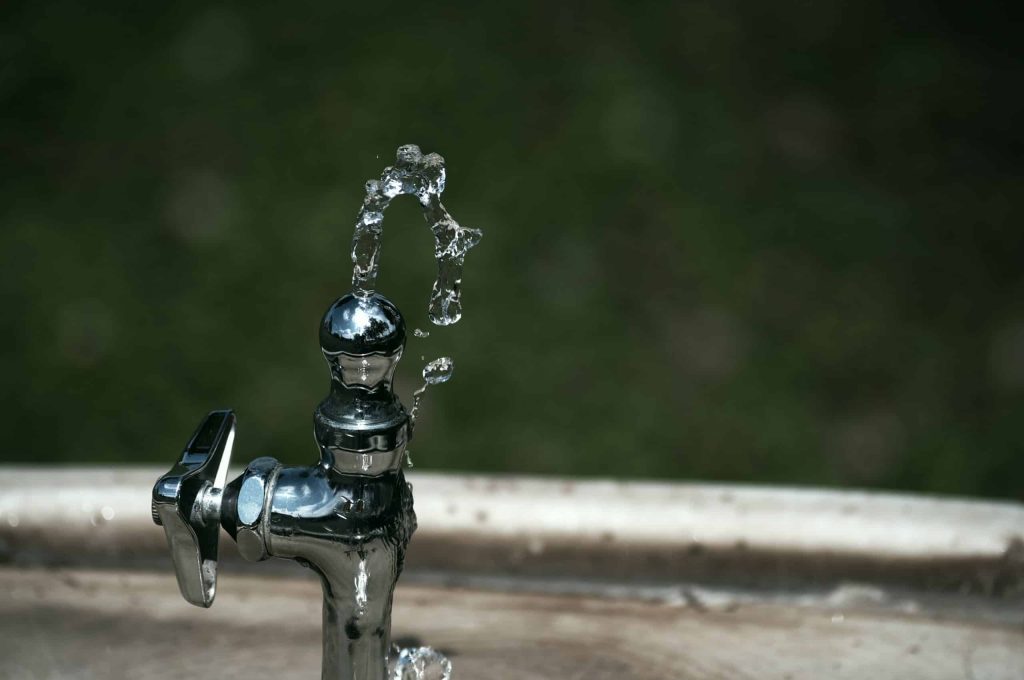Americans Use 35 Times More Water Than the Average Person in an Undeveloped Nation
Americans use an average of 176 gallons of water per person per day. This equates to more than 3.9 trillion gallons of water per month across our nation.
Considering this extreme water consumption in America, it is important to truly understand what contaminants are in our water, and how these compounds affect our collective health and welfare.
Toilets, sinks, and showers constitute the majority of our household water usage. In fact, toilets account for 27% of the water used in a home, according to waterinfo.org. But the household water that we use for drinking, brushing our teeth, or as a part of the food we prepare can have a direct impact on our health and our families.
Toxins and dangerous elements are present in much of our nation’s water supply. In fact, the WSCC (Water Sector Coordination Council) says that at any given time, half of the people in hospital beds around the world are suffering an ailment stemming from a waterborne contaminant.
What Are the Most Dangerous Elements in Our Drinking Water?
Arsenic: This potent element is found naturally in a variety of minerals and is highly used in the steel industry as a strengthener for alloys, as well as in the electronics field for use in semiconductors. Though the Federally acceptable level has been reduced from 50 ug/L to 10 ug/L, the Natural Resources Defense Council estimates that more than 56 million people in 25 states may be exposed to unacceptable levels of arsenic. Arsenic is a known carcinogen, and highly toxic.
Chlorine: Chlorinating water has long been used as a method to kill harmful bacteria and organisms in our household water supplies. The only problem is, chlorine can cause harmfully reactions is ingested in too high a quantity. 30 ppm (parts per million) can cause respiratory issues, 1000 ppm can cause death almost instantly. Cases of bladder cancer have also been attributed to elevated levels of chlorine.
Aluminum: Found in much of our domestic water supplies, aluminum is incredibly destructive when ingested in large amounts. Aluminum competes with calcium absorption, and extreme levels can act as a neurotoxin – shown to cause Alzheimer’s disease and general cognitive loss.
Perchlorate: This substance, found in most drinking water supplies across the nation, has only been regulated by the EPA since 2011. Exposure to large amounts of perchlorate can cause abnormal thyroid activity.
OTC Drugs: These drugs are finding their way into our water supplies when consumers and businesses dispose of them in improper ways. Common OTC drugs that are found in domestic water supplies are over the counter pain medications, birth control pills, anti-depressants, and cholesterol drugs. Those with sensitivity to these medications, including infants and the elderly, can have an adverse reaction when simply drinking tap water.
What Options Are Available To Purify an Existing Water Supply?
A variety of
water treatment systems and filters are available today to help provide a clean, clear drinking water supply for your home. Reverse osmosis systems filter water by forcing it through a semi-permeable membrane that filters out harmful elements. Carbon filters trap and absorb chlorine, sediment, and volatile organic compounds.
Carbon filters are highly effective, but do require that the water flow past the filter slowly to ensure maximum absorption of harmful toxins. Less common but also highly effective, distillation units completely separate pure water and the heavier toxins in the water. No matter which filtering system you choose to use, understanding the potential dangers in your drinking water will help you to minimize your household exposure to harmful water-born toxins.

Water Systems